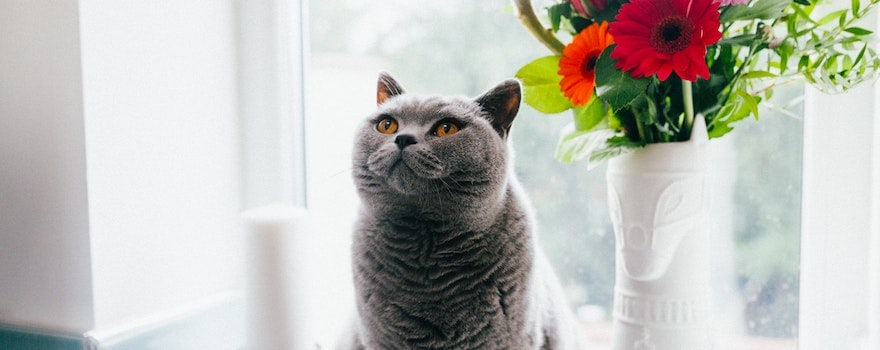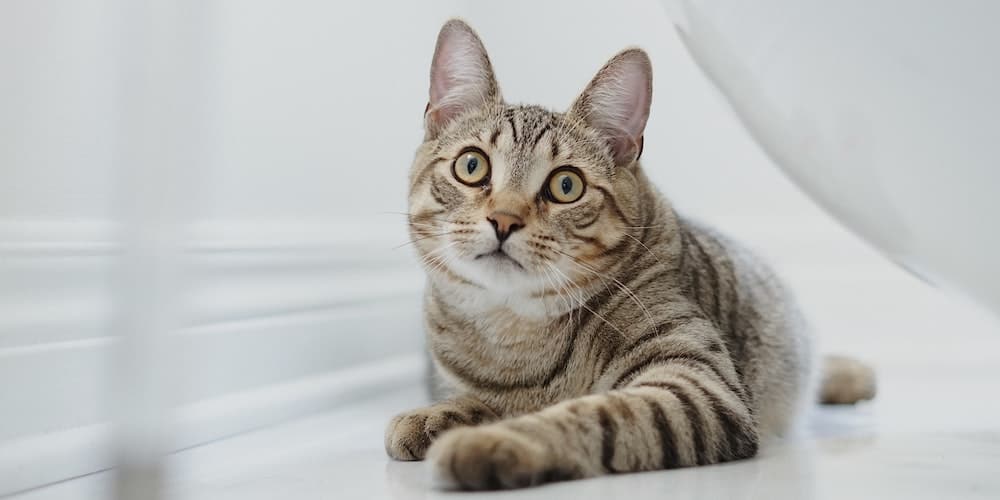Kibble for sterilized cats: what is it?
A diet that meets new needs
After sterilization, the cat’s hormonal composition changes. It leads to a reduction in the levels of male hormones (testosterone) and female hormones (estrogens).
This allows for the cessation of heat cycles or urinary marking.
It also affects the animal’s appetite, diet, and nutritional needs. As its physical activity decreases, the risk of overweight or obesity increases.
Meanwhile, the cat shows a greater appetite, is more gluttonous, and never seems satiated.
This constant feeling of hunger is also a weight gain factor.
Finally, sterilization can lead to digestive disorders, renal or urinary stones.
This is why it is important to adopt a new diet, complete and balanced, specially designed for sterilized or neutered cats.
Also read | What are the best kibble for cats?
The different types of kibble for sterilized cats
There are different types of kibble to feed your cat after sterilization or castration. Thus, we distinguish:
- Kibble for young adult sterilized cats: they are intended for animals aged 1 to 7 years;
- Kibble for senior adult sterilized cats: they are developed for senior sterilized cats, aged 7 years and older;
- Kibble for indoor sterilized cats: ideal for sterilized cats living indoors, sedentary and with less physical activity;
- Grain-free sterilized cat kibble or “no grain”: they are grain-free, gluten-free but often less digestible for the animal.

What do they contain?
To meet the cat’s new needs, these kibbles have a specific composition.
On the one hand, they are very rich in proteins. This maintains muscle mass despite reduced physical activity. Proteins also have a satiating effect and reduce the feeling of hunger.
On the other hand, they contain dietary fibers that promote intestinal transit and facilitate digestion.
Finally, they contain a range of vitamins and minerals. They provide a balanced diet for your cat and prevent deficiencies.
These kibbles are also low in fats and carbohydrates (sugar) to limit the risk of overweight.
Some are enriched with L-carnitine, an amino acid that contributes to fat metabolism.
What are the benefits of kibble for sterilized cats?
They limit weight gain
After sterilization or castration, the cat’s energy needs decrease significantly, by 20 to 30%. Thus, its body spends less energy.
This is why sterilized cat kibble has a more appropriate caloric intake and is low in fats. Ideally, the fat content should be between 10 and 15%.
Moreover, they are filling and help to control the animal’s feeling of hunger. Thus, they limit the risk of weight gain while satisfying its appetite and meeting its nutritional needs.
This study shows how a protein-rich diet helps with weight control in cats.
They promote intestinal transit
A sterilized cat with less physical activity may suffer from digestive discomfort or have more difficult digestion.
These kibbles contain an average of 5% dietary fibers. In addition to promoting the feeling of fullness, they contribute to healthy intestinal transit.
They provide vitamins and minerals
These kibbles offer a balanced intake of vitamins, minerals, and trace elements. Notably, they include vitamins A, D, and E, as well as calcium and phosphorus.
Thus, they help maintain a healthy body after sterilization/castration and prevent dietary deficiencies. Indeed, the sterilized cat is at risk of deficiencies if its diet is not adapted after the operation.
Finally, the minerals contribute to the proper functioning of the genitourinary system, which undergoes changes during sterilization.

They prevent urinary stones
A neutered cat is at greater risk of developing urinary stones or urolithiasis. Indeed, sterilization leads to changes within the urinary system.
To limit the risk of stones, food for neutered cats has an adapted pH. This helps control urinary pH and acidity (from 6 to 6.5).
How to successfully transition your cat’s diet?
After the operation, you should not radically change its diet. The transition to food for neutered cats should be done gradually.
It can take several weeks or even several months, as each animal reacts differently. Its body is undergoing changes: it must therefore adjust and adapt.
Without a proper transition, it may develop problems with food assimilation and digestion.
During the first 2 weeks, add a portion of new food to its usual food every day. Gradually increase the proportion. This way, your cat will accept its new diet more easily. If necessary, extend this step over a longer period depending on its reactions.
It is also important to adjust the ration. The daily amount varies depending on its weight. On average, you should allow for 40 g/day for a neutered cat weighing 3 kg.
Refer to the table on the packaging to know the quantity recommended by the manufacturer.



